Jackfruit
Jul 03, 2024

Ceylon tea is a renowned type of black tea produced in Sri Lanka, formerly known as Ceylon.
The island's diverse geography and climate conditions contribute to the unique flavors and aromas found in its tea.
Ceylon tea is graded based on various factors such as leaf size, appearance, and overall quality. The grading system allows consumers and tea traders to differentiate between different types of tea and understand their characteristics better!
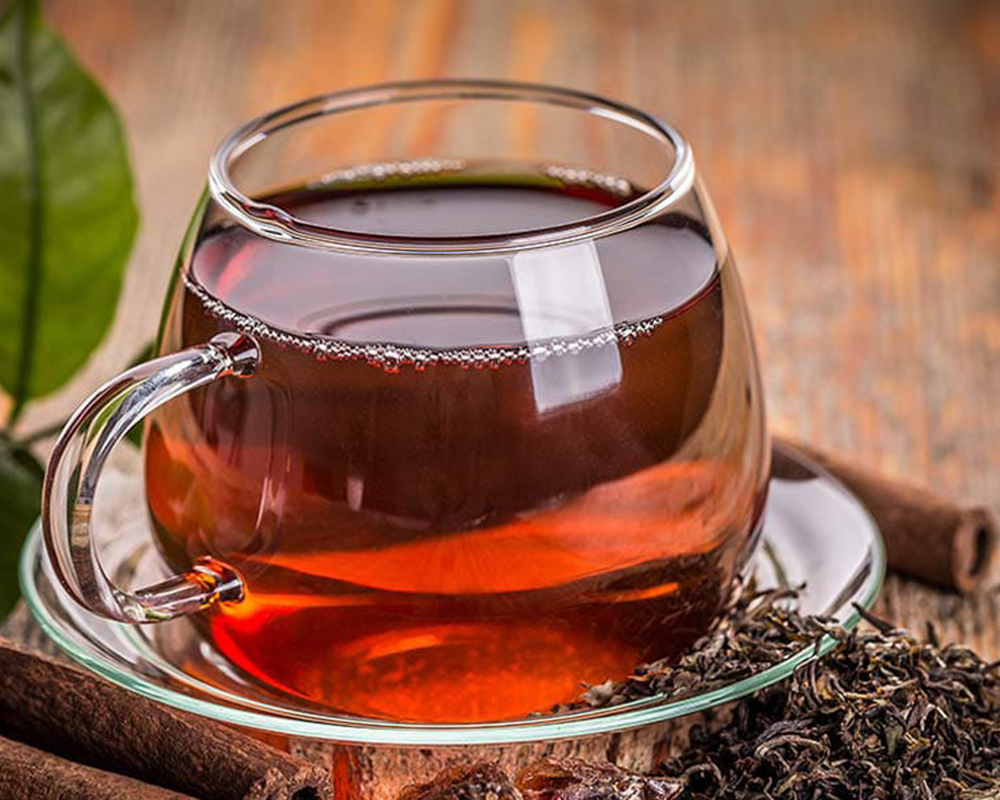
In this blog post, you can explore the rich world of Ceylon tea and take a virtual journey to discover the various grades of Ceylon tea, from the classic Orange Pekoe to the luxurious Tippy Golden Flowery Orange Pekoe.
You can delve into the unique characteristics of each grade, including their appearance, aroma, and taste profiles. Come enhance your Ceylon tea experience with us.
Here are some of the commonly used Ceylon tea grades:
Pekoe stands out among other tea grades with its classification based on size and quality. Compared to other grades like Broken Orange Pekoe (BOP) or Dust, Pekoe boasts longer, more wiry leaves and offers a refined flavor profile.
Its unique grades, like Flowery Orange Pekoe and Golden Flowery Orange Pekoe, showcase delicate floral notes and a touch of luxury, setting it apart as a prized choice for tea enthusiasts.
Orange Pekoe is one of the most well-known grades of Ceylon tea.
Contrary to what the name suggests, it has nothing to do with orange flavor. The term "pekoe" refers to the youngest and smallest tea leaves on the shoot.
Orange Pekoe tea consists of long, wiry leaves that are carefully plucked, often with a silver tip or bud, which indicates high quality. It has a rich and bold flavor, with a medium body and a bright, amber liquor.
This grade represents a higher quality than standard Orange Pekoe.
It consists of whole tea leaves with a higher proportion of young buds, which impart a delicate and floral flavor. The liquor of Flowery Orange Pekoe is bright and golden.
In this grade, the tea leaves are broken into smaller pieces during processing.
BOP is considered a medium-grade tea and is often used in tea bags due to its quick infusion properties. It produces a slightly stronger brew than whole leaf teas.
Fannings are smaller, finer broken tea particles, often used in tea bags and tea sachets.
Due to the increased surface area, they brew faster and produce a strong and robust cup of tea.
Tea dust is the smallest grade of Ceylon tea, consisting of very fine particles left after processing. It brews rapidly and is commonly used in tea bags, especially for economy teas.
The grades mentioned above primarily pertain to black Ceylon tea, which is the most widely consumed and exported type.
BOP: Broken Orange Pekoe - Small or broken pieces of leaves

BOPF: Broken Orange Pekoe Fanning’s - Smaller than BOP leaves, broken leaf, slightly larger than dust
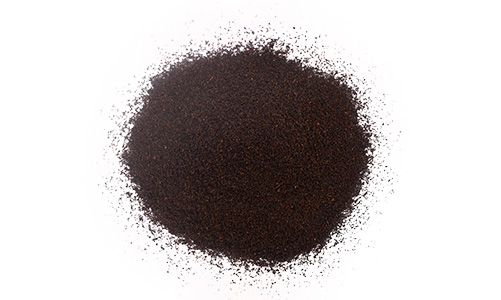
OP: Orange Pekoe – Same Style but small than OPA

FBOP: Flowery Broken Orange Pekoe - Same style of BOP but slightly bigger in size and consisting few tips
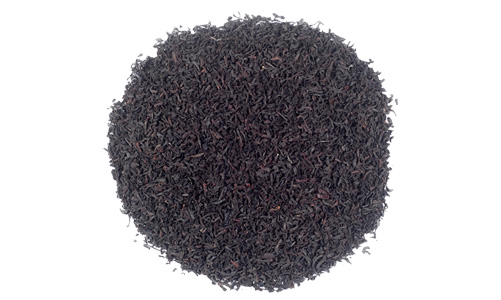
Pekoe: Twisted and Coarse
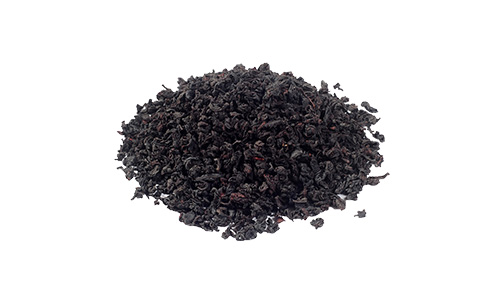
Pekoe1: Same style, but small in size than the Pekoe
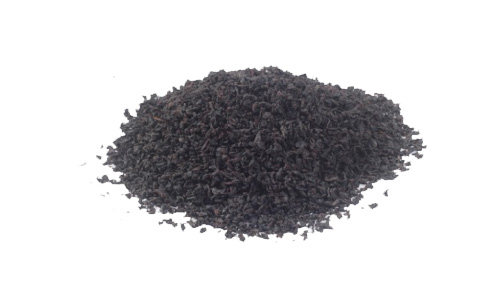
OPA: Orange Pekoe ‘A’ - A good quality tea, consisting of large and slightly open leaf pieces
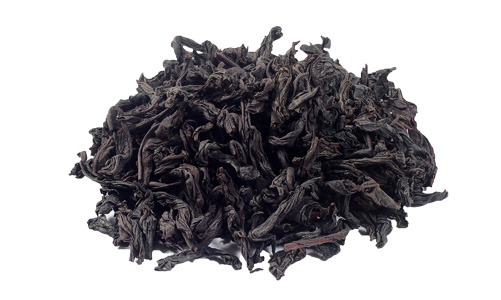
OP1: Orange Pekoe One – More Wiry than OP
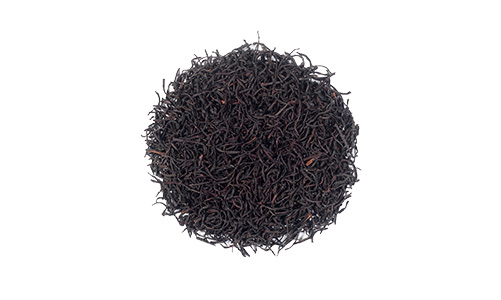
BOP1: Broken Orange Pekoe one – Wiry and small than OP1
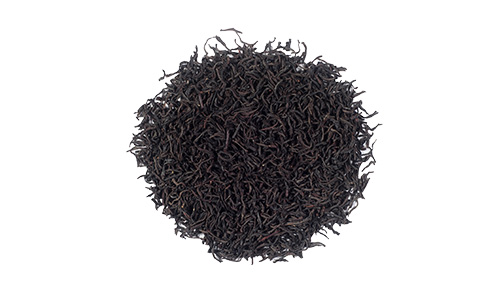
FBOP1: Flowery Broken Orange Pekoe one - Little small than the BOP1
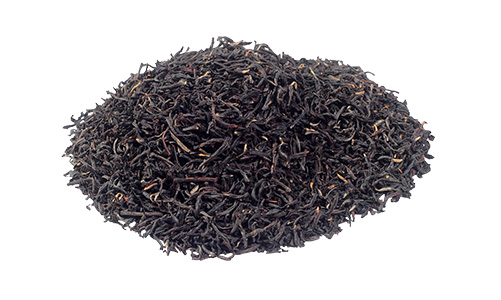
FBOPF: Flowery Broken Orange Pekoe Fanning’s - Similar to the BOP leaf but firm leaf and consisting few tips
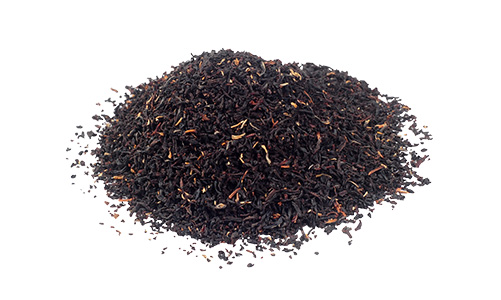
FBOPF1: Flowery Broken Orange Pekoe Fanning’s one – Similar to the BOPF but firm leaf and consisting Little more tips then FBOPF
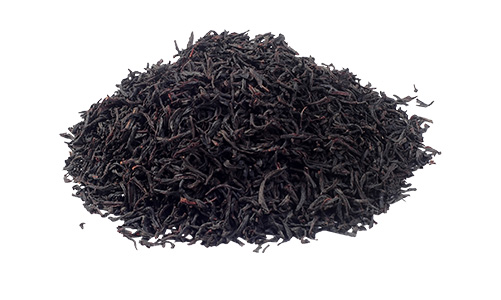
FBOPFSP: Flowery Broken Orange Pekoe Fanning’s Special - Similar to the FBOPF1 but firm and more black leaf with much better tips, prices are high
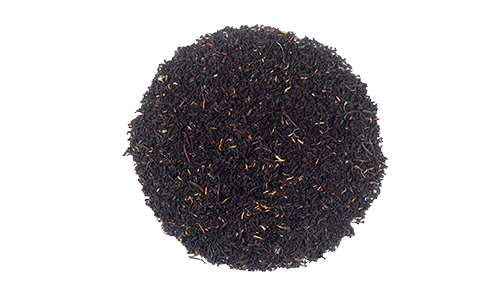
FBOPFEXSP: Flowery Broken Orange Pekoe Fanning’s Extra Special – Similar to FBOP1 but firm and more black leaf with much better leafy tips, expensive than
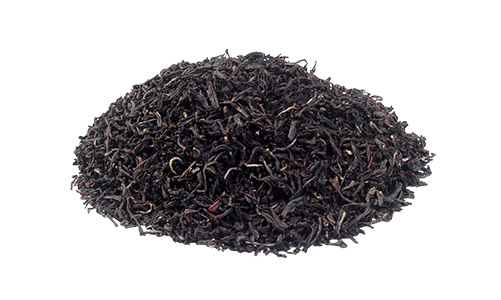
D: Dust - Similar to D1 but will appear slightly brown powder leaves price must be low
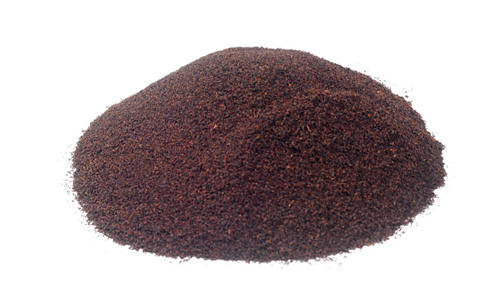
D1: Dust 1 - The smallest of particles smaller than Fanning’s leaves
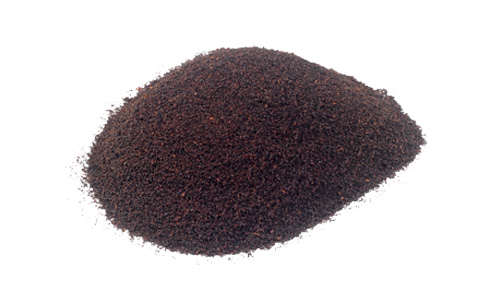
Finally..
It's important to note that the grading system can differ slightly among different tea estates and regions in Sri Lanka.
Additionally, Ceylon tea is not limited to black tea; it is also produced as green tea, white tea, and oolong tea, each with its unique characteristics and grading standards.
In conclusion, exploring the diverse world of Ceylon black tea grades is a journey that uncovers a spectrum of flavors, from bold and robust to delicate and luxurious.
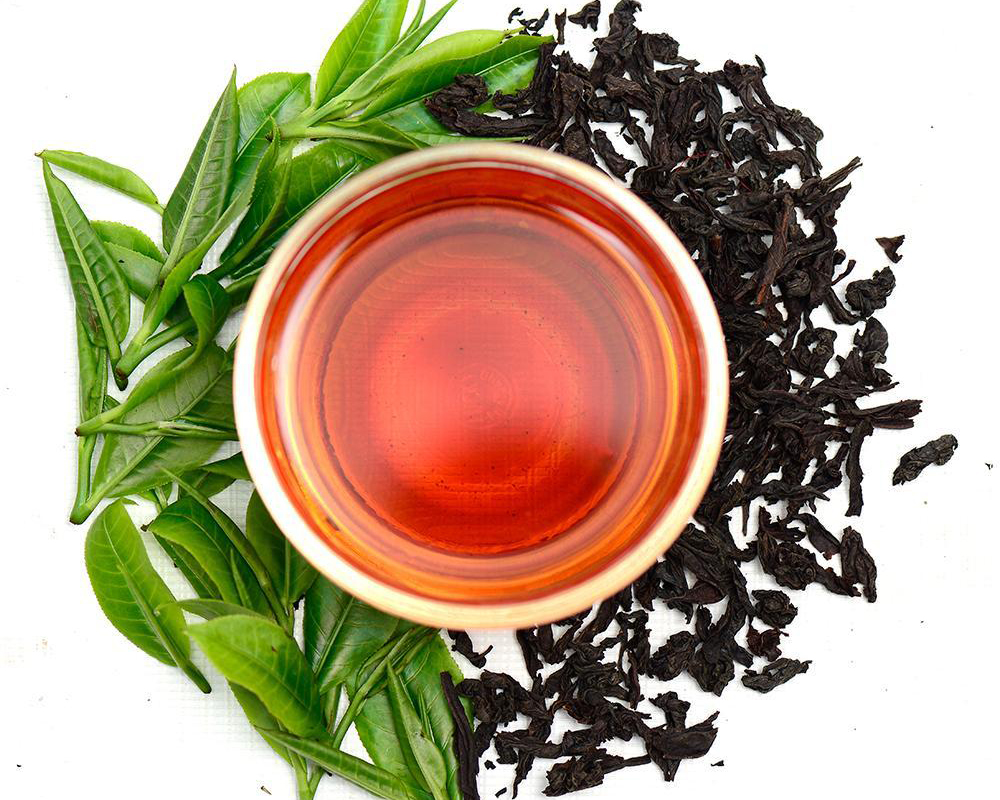
Whether you opt for the classic charm of Orange Pekoe or indulge in the refined elegance of Golden Flowery Orange Pekoe, each grade has its own unique story to tell in every sip.
So, steep your senses in the splendor of Ceylon tea, and let its rich heritage and exceptional quality brighten your tea-drinking moments.
Let your tea journey begin – explore the diverse world of Ceylon black tea grades and savor the timeless elegance in every cup!!